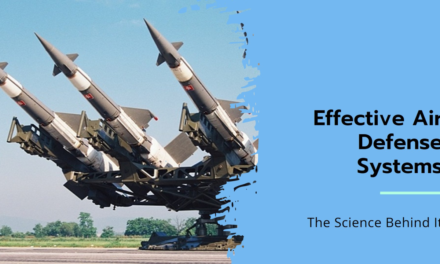Airlines optimize fuel efficiency through various strategies that reduce operational costs and carbon emissions, addressing both economic and environmental concerns. Here are the key methods:
1. Fleet Modernization
- Approach: Operate newer aircraft with advanced aerodynamics and fuel-efficient engines, such as the Boeing 787 or Airbus A350.
- Impact:
- Reduces fuel burn by up to 20–30% compared to older models.
- Enhances operational efficiency over long-haul and short-haul routes.
2. Optimized Flight Routes
- Approach: Use performance-based navigation (PBN) and real-time data to determine the most direct and efficient routes.
- Impact:
- Reduces flight time and fuel consumption.
- Minimizes delays and rerouting due to weather or air traffic congestion.
3. Weight Reduction
- Approach:
- Use lightweight materials for aircraft components and cabin interiors.
- Optimize cargo and baggage handling to minimize unnecessary weight.
- Impact:
- Reduces the overall energy required for takeoff and cruising.
- Directly lowers fuel burn and emissions.
4. Efficient Ground Operations
- Approach:
- Use single-engine taxiing, electric ground support equipment (GSE), and gate power instead of auxiliary power units (APUs).
- Impact:
- Conserves fuel during taxiing and pre-flight preparations.
- Reduces emissions at airports.
5. Fuel Monitoring and Management
- Approach:
- Use advanced fuel management systems to monitor usage and optimize refueling strategies.
- Adopt predictive analytics to anticipate fuel needs based on flight conditions.
- Impact:
- Minimizes over-fueling and weight penalties.
- Ensures optimal fuel distribution for balance and efficiency.
6. Regular Maintenance
- Approach: Conduct frequent engine cleanings, inspections, and repairs to ensure peak performance.
- Impact:
- Prevents excess fuel consumption due to inefficiencies or wear.
- Extends the lifespan of fuel-critical components.
7. Use of Sustainable Aviation Fuel (SAF)
- Approach: Blend traditional jet fuel with SAF, derived from renewable sources like biofuels.
- Impact:
- Reduces lifecycle carbon emissions by up to 80%.
- Helps airlines meet environmental regulations and goals.
8. Dynamic Climb and Descent Profiles
- Approach: Use continuous climb and descent procedures (CCDP) to reduce fuel burn during takeoff and landing phases.
- Impact:
- Saves fuel by avoiding level-offs.
- Enhances passenger comfort with smoother transitions.
9. Collaboration with Air Traffic Control (ATC)
- Approach: Coordinate with ATC for real-time adjustments to avoid unnecessary holding patterns and optimize cruising altitudes.
- Impact:
- Reduces fuel wastage due to delays.
- Improves airspace efficiency.
10. Leveraging Data and AI
- Approach:
- Use AI and machine learning to analyze fuel usage patterns and identify inefficiencies.
- Implement IoT sensors for real-time performance tracking.
- Impact:
- Provides actionable insights to optimize fuel use.
- Enhances decision-making for flight operations.
11. Incentivizing Pilots for Fuel Efficiency
- Approach: Train pilots in fuel-efficient flying techniques and offer incentives for meeting efficiency targets.
- Impact:
- Encourages behaviors like optimal cruising speeds and fuel-saving maneuvers.
- Builds a culture of sustainability within the airline.
By combining advanced technologies, sustainable practices, and optimized operations, airlines significantly enhance fuel efficiency. These strategies not only reduce operational costs but also align with global efforts to lower carbon emissions, contributing to a greener aviation industry.













